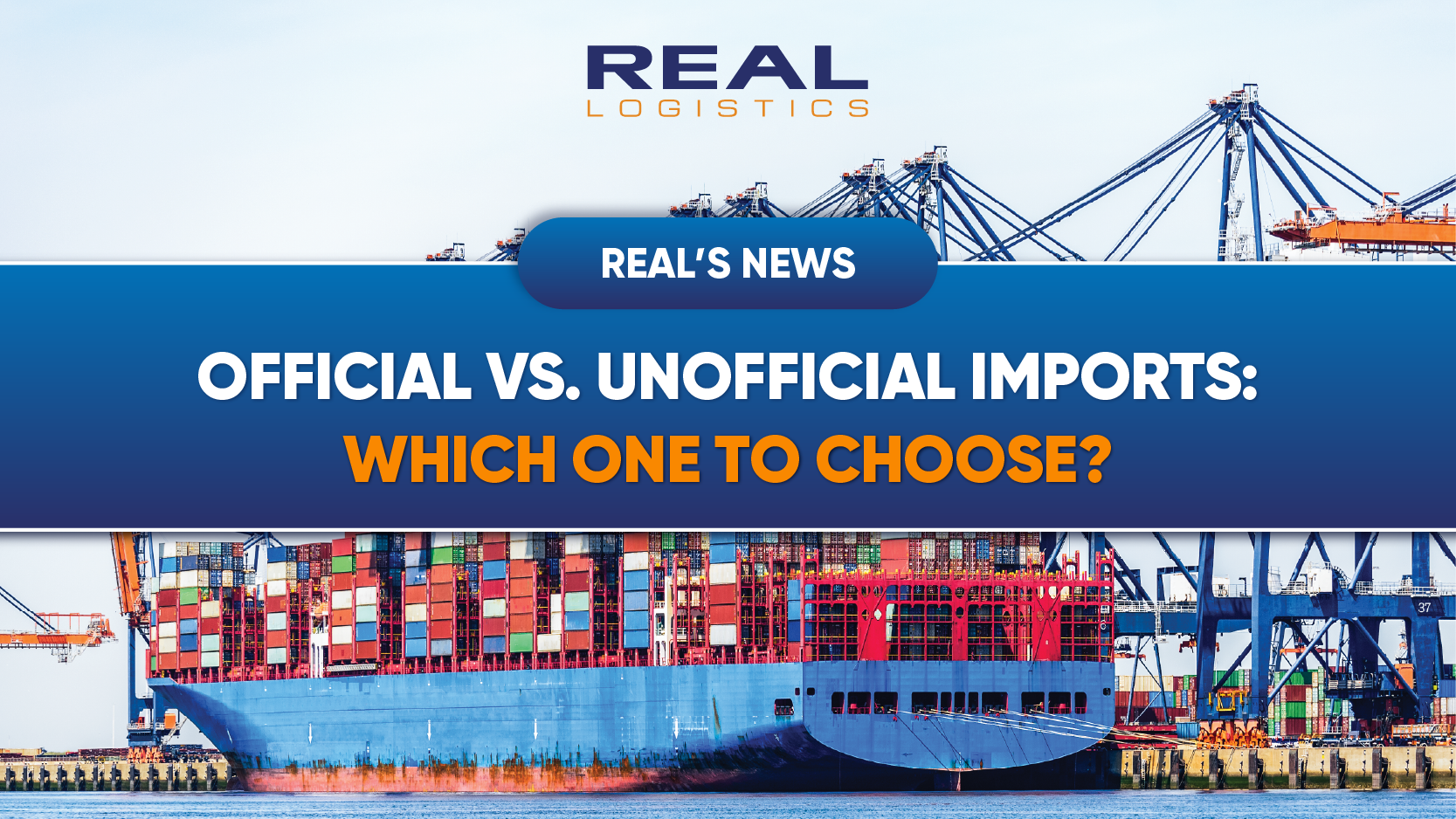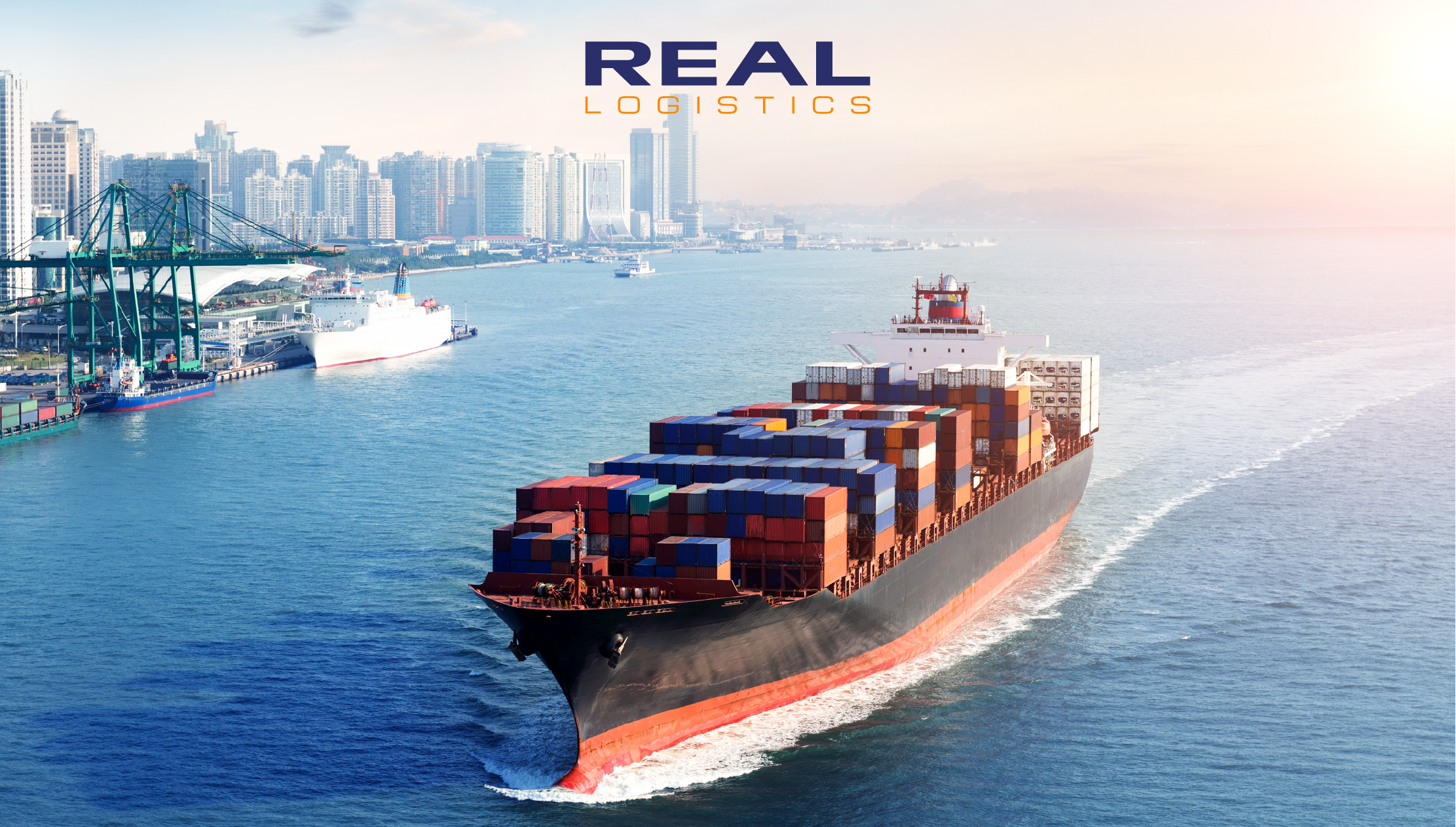Official vs. Unofficial Imports: Which One to Choose?

1. What is Border Trade Import-Export?
Border trade (tiểu ngạch) refers to the exchange and trade of goods between residents living near the border areas of two adjacent countries. Goods traded through this method are usually of low value, such as agricultural products, consumer goods like clothing, textiles, etc.
Border trade import-export is a form of international goods trading between residents of two neighboring countries. In Vietnam, this form of import is commonly practiced in border provinces such as Vietnam – China, Vietnam – Laos, and Vietnam – Cambodia.
This method is often favored by traders due to its simple procedures and low transportation costs. However, individuals and organizations are still required to pay taxes and undergo strict inspections regarding product quality, animal and plant quarantine, food safety, etc.
2. What is Official Import-Export?
Official trade (chính ngạch) is a form of high-level international commerce. It is not only limited to large enterprises and companies but is accessible to everyone. Anyone can engage in official import-export, provided they meet the legal and financial requirements.
Official import is a legal form of international trade conducted in accordance with the import laws of each country. In this form, the importing and exporting countries may or may not share a common border.
For Vietnam, official imports are typically conducted with bordering countries such as Laos, Cambodia, and China. This form involves the signing of commercial and economic contracts in accordance with international trade practices.
3. Comparison between Official and Border Trade Import-Export
Both official and border trade import-export are legal forms of commerce permitted by the government. Below is a comparison of their key differences:
3.1. Mode of Transportation
Border Trade Import: Mainly transported by land due to the nature of transactions between residents in border areas. After inspection, goods are usually delivered by small trucks.
Official Import: Goods are typically of higher value and transported via international border gates. Importing enterprises are required to pay multiple types of taxes and fees for customs clearance. Goods are usually packed in containers and transported by sea or air to ensure quality.
3.2. Goods
Border Trade: Usually lower-value goods as regulated by law. Common items include clothing, cosmetics, agricultural products…
Official Trade: Higher-value goods requiring strict quality assurance throughout the transportation process. These goods have clear documentation of origin and compliance.
3.3. Transaction Value
Border Trade: Businesses are limited in the volume of goods they can import per shipment, according to legal regulations.
Official Trade: No limitations on the quantity of goods, provided the items are legally permitted. Individuals and organizations can import large volumes if compliant with regulations.
3.4. Procedures and Taxes
Border/Unofficial Trade:
Required documents:
Goods declaration form (HQ7A, HQ7B): 2 copies
Border resident ID
Border trade import-export business license (issued by the Provincial People’s Committee)
Customs clearance, tax collection, and goods inspection are determined by the head of the border gate customs office based on the provided documents.
Official Trade:
Required documents:
Sales contract
Commercial invoice
Packing list
Bill of Lading (if applicable)
Customs declaration form
Letter of Credit (L/C)
Tax payment receipt
Certificate of origin (Form E)
Freight invoice
Quarantine certificate (if needed)
Enterprises must prepare all documentation to complete customs clearance. Import tax is calculated based on the type of goods in accordance with legal regulations. Some goods may require specialized inspection before being cleared.

4. So, Should You Choose Official or Border Trade Import?
Choosing between official and border trade import depends on the type and quantity of goods you intend to import.
You should choose OFFICIAL IMPORT when:
Sustainable business: You want to build a reputable brand and grow your business in the long term.
Need for VAT invoices: Your company needs input VAT invoices to deduct taxes and legitimize expenses.
High-value goods: Transporting machinery, equipment, electronics, or branded products that require absolute assurance.
Seeking stability: Ensuring uninterrupted supply and consistent delivery timelines.
Legal protection: You want full legal protection in case of disputes.
You should only consider UNOFFICIAL IMPORT when:
You are an individual or a very small business operating near the border.
The goods are low-value agricultural or consumer products that require quick transactions, simplified procedures and lower costs.
You fully understand and accept all possible risks: total loss of goods, no legal basis for compensation, and complete passivity in policy changes.
Although the initial cost of cross-border imports may seem more attractive, the hidden legal, financial, and operational risks can lead to far greater losses. For businesses aiming for professionalism and long-term growth, official importation is always the only right path.
Additionally, you can hire third-party companies specializing in import-export and logistics, such as Real Logistics, to assist with customs procedures—saving you both time and effort.
Thank you for taking the time to read this article. We hope it helps you make the right decision between official and border trade import. If you encounter difficulties during your import-export procedures, please contact Real Logistics. We have a team of experienced, honest, and dedicated staff who handle every shipment with care. We are committed to monitoring and resolving issues to ensure your goods arrive safely, on time, and at the most reasonable cost.
Feel free to contact us anytime you need to experience the best service quality.
—————————————
Real Logistics Co.,Ltd
👉 Facebook: Real Logistics Co.,Ltd
☎️ Hotline: 028.3636.3888 | 0936.386.352
📩 Email: info@reallogistics.vn | han@reallogistics.vn
🏡 Address: 39 - 41, B4 Street, An Khanh Ward, Ho Chi Minh, Vietnam
G2 Floor, No. 51, Quan Nhan Street, Thanh Xuan Ward, Hanoi

